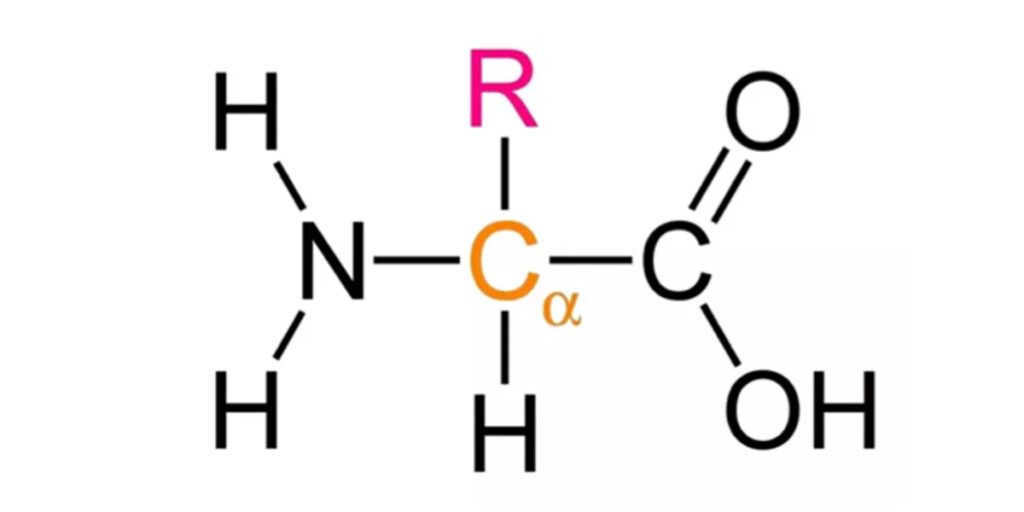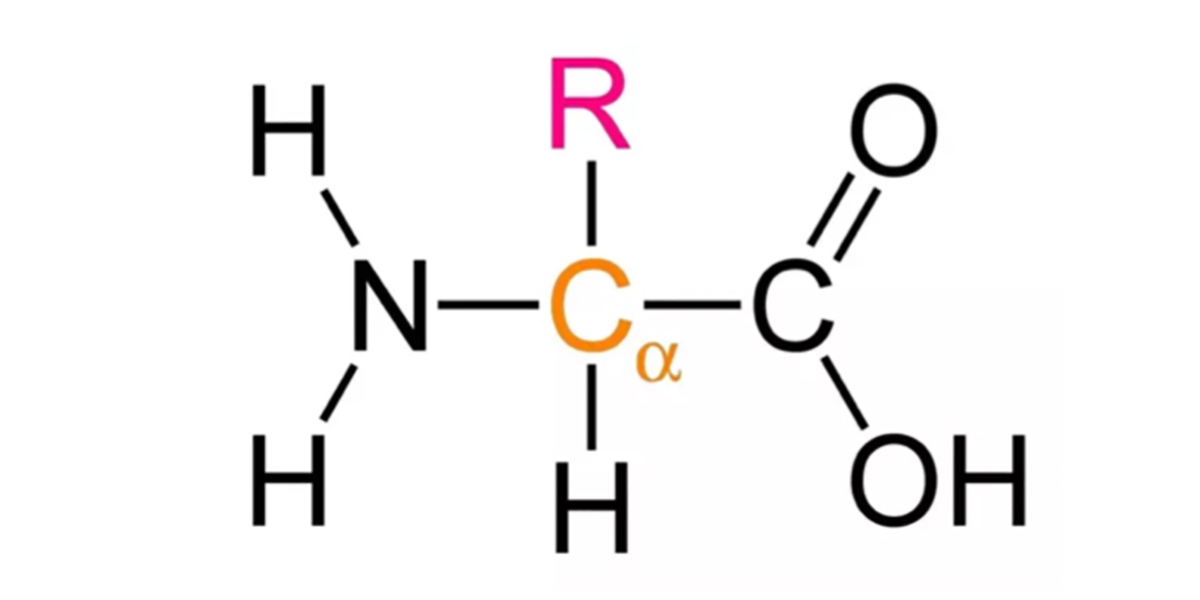Blog
Negative Nitrogen Balance

This was written in response to a post on the PSSM Forum on Facebook.
- What exactly is negative nitrogen balance?
- Does negative nitrogen balance occur only in horses with PSSM2?
- What causes negative nitrogen balance?
- What are the symptoms of negative nitrogen balance?
- How can you reverse negative nitrogen balance?
Negative nitrogen balance is a normal process that is helpful under the right circumstances. It is not confined to PSSM horses. You have certainly experienced it yourself. There are some circumstances under which you cannot consume enough dietary protein to meet your needs for amino acids. When you have the flu, for example, your immune system is working hard and you need a lot of amino acids to synthesize proteins. Your body tears down muscle in order break protein down into amino acids for use elsewhere. Some of the amino acids are burned for energy.

All amino acids have a chemical structure with a central carbon atom bonded to four different parts: an amino group, a carboxyl group, a hydrogen atom, and an “R” group that is a different group for each amino acid. When an amino acid is burned for energy, one of the first steps is the removal of the amino group. If this is not used to synthesize one of the nonessential amino acids, it is discarded as waste. To do that, it enters a metabolic cycle called the urea cycle and is incorporated into urea, a nitrogenous compound that ends up in urine.
You can measure the amount of nitrogen going into a person or a horse as dietary amino acids (the bulk of the nitrogen that we take in is in amino acids). You can measure the amount of nitrogen going out as urea. Normally, these two quantities are about the same. A bodybuilder lifts weights to induce muscle damage; when the muscle rebuilds, it is built bigger. So a bodybuilder is in positive nitrogen balance: they take in more nitrogen in those protein shakes than they excrete as urea. A person with the flu is in negative nitrogen balance: they are burning more amino acids than they take in through their diet. When you have recovered from the flu, you have probably noticed that you don’t have your normal strength for a while. Your muscles rebuild over the next week or two (you go into positive nitrogen balance) and you get back to normal. A horse with PSSM2 cannot rebuild muscle as easily, which is why there are cases of a PSSM2 horse going into a real downward spiral if they get a hoof abscess or a viral infection.
The cause is illness, injury, or surgery.
The symptoms are muscle wasting that is grossly apparent.
You reverse it through dietary protein supplementation with complete (whey) or complementary (pea or soy) protein, or with amino acids typically lacking in plant proteins that are the bulk of a horse’s diet (lysine, methionine, and threonine).
In the case of Immune-mediated myositis (IMM), steroid hormone therapy has proven useful.
Share this post
From the blog
The latest industry news, interviews, technologies, and resources.
